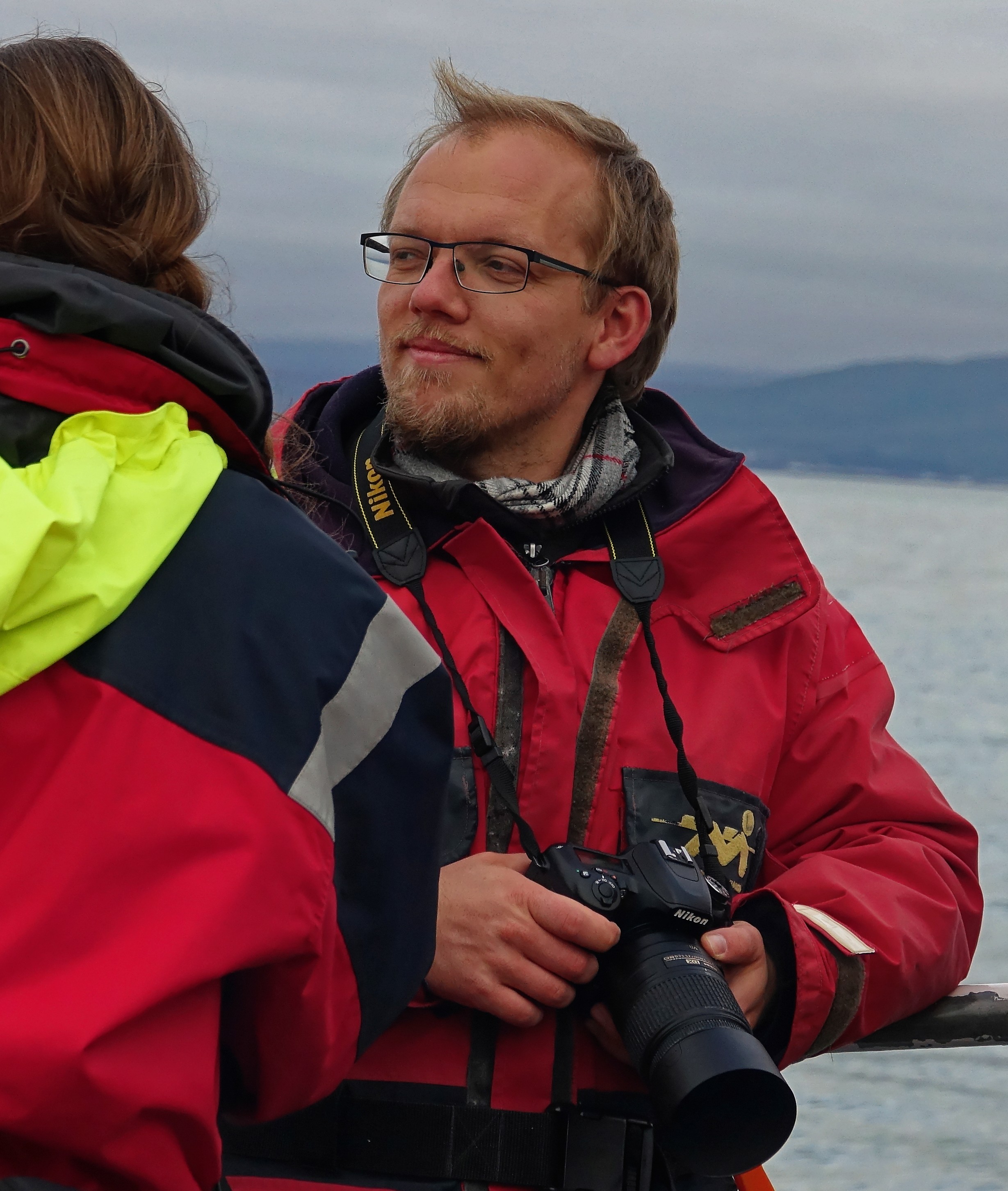How it all began
Summer 2017: I had my first job, earned a little money and wanted to go on my first big trip in 9 years. I didn’t know anything about cameras at the time. I therefore chose something simple that would be easy to stow in my hand luggage. After a lot of research, I chose the Sony RX100 I. A small compact camera that was perfectly adequate for my purposes at the time.
I tried them out in Greece on Crete as well as in other countries such as the Czech Republic, Portugal and Austria for potentially all motifs. I tested night photography, architecture, landscape, animals and much more. However, I quickly realised that my photos somehow didn’t look like those of real photographers. The pictures weren’t necessarily bad. Definitely enough for a memory. It was just that evening shots looked noisy, landscapes looked as if they had been photographed from too small an angle, I couldn’t even capture large buildings (St Stephen’s Cathedral in Vienna) and the zoom was nowhere near sufficient for close-ups of animals. And finally, there was simply a lack of cropping and a nice bokeh.
At the beginning of 2018, I tested my first SLR camera, the NIKON D3100. The advantages of an old DSLR over a new small digital compact camera were actually too small for me. The screen of the D3100 was worse than that of the Sony. On the other hand, there were more image composition options with different lenses. The continuous shooting speed was better with the Sony… and so on and so forth. Finally, my father lent me the better D5100. At this point I realised that large format cameras were clearly superior to small format cameras, at least in terms of image quality. But somehow that wasn’t enough. So I researched for a few months. After a while, my choice finally fell on the NIKON D7500. Fast, accurate and packed with features. The camera had accompanied me on many trips until the beginning of 2020 and did a pretty good job.

I switched to two other cameras at the beginning of 2020. On the one hand, I didn’t like the low-light properties of the D7500 (evening shots, dark rooms, etc.). When it came to animals or fast movements, the number of metering points or the accuracy of the camera’s focus was often not always guaranteed or I missed moments of movement because the internal memory was full. The continuous shooting speed also left something to be desired. Especially when shooting birds, whale watching and observing insects, you quickly realise that the camera has to work quickly and cleanly. That’s why we needed two cameras for two fundamentally different requirements. One for wide-angle shots and low light conditions and one for extremely fast situations. So I shot a lot with the D500 and the D750!
And just as I have chosen cameras for certain applications, I have gradually adapted the lenses.
Concluding remark
I’ve been taking a lot of time for photography since 2020. Before that, I only had the opportunity to do so very rarely or irregularly. Working at the Alfred Wegener Institute since 2022 has made the opportunities even more diverse and intensive.
Photography is an extremely time-consuming job and taking photos alone is not the end of the work. After that comes selecting successful photos, sorting them in the database, editing them, uploading them and offering them on various websites or platforms. As there are many photographers and new photos are constantly being created, an outsider might get the impression that a picture is created out of nothing and is produced quickly. I can say from my experience that this is definitely not the case! Unfortunately, the use of AI is increasingly leading to a dilution of the market and the transition between elaborate, realistic photography and artificially generated images is becoming blurred. I only use AI to remove noise. I don’t use it to change image content. All situations and content in my pictures are real!